They’re two useful calibers, but which one wins?
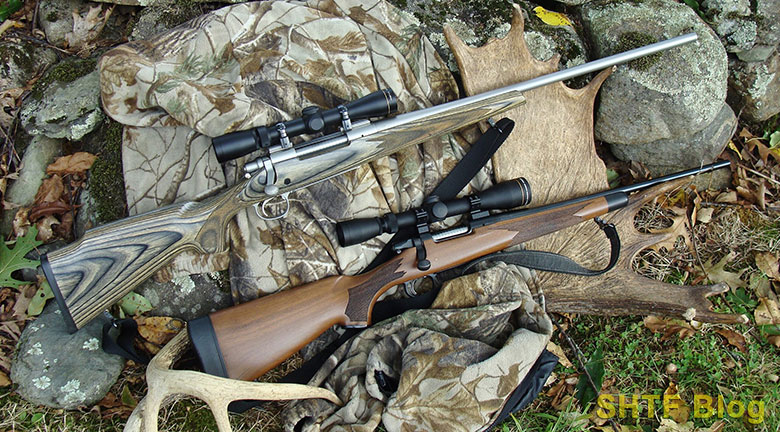
Given my prior comparison articles, it seems time for the inevitable .308 vs .30-06 comparison. During several previous posts, the .308 Winchester was compared to the ubiquitous .223 Remington (5.56 NATO), the recent .300 Blackout, and the venerable .30-30 Winchester (deer hunting specific). Thus, it seems only fitting that the .308’s parent cartridge should receive the same treatment – none other than the near-immortal .30/06 Springfield. As it turns out, its somewhat shorter offspring didn’t fall far from the tree.
Both have a lengthy enough track record that their performance has been debated near ad nauseam, so this post takes a different tack. For the most part, it’s geared towards those who already own a rifle in one of these calibers, or people searching for a general-purpose rifle capable of firing readily available ammunition. To set the stage, let’s take a quick look at the history of each cartridge, both of which share the same .30-caliber bore.
.30 Caliber Legacy
America’s love affair with .30s dates to the 1890s. First came the short lived .30-40 Krag cartridge, designed for the U.S. Military’s Krag Jorgensen bolt-action rifle. Next came the .30-30, introduced for Winchester’s Model 94 lever-action. The Krag’s more potent successor, recognized today as the .30-06, arrived soon after. However, it actually debuted three years earlier as the .30-03 Springfield.
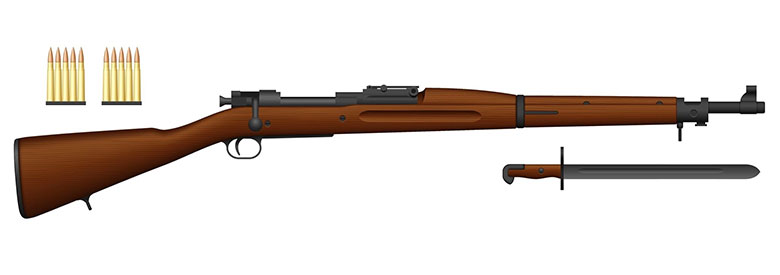
When it appeared with the new U.S. Model 1903 Springfield Rifle, the ‘03 cartridge fired the same heavy 220-grain round-nosed bullets as the Krag. Based on the 7×57 Mauser, it shared the same .0473” rim and cartridge case, lengthened slightly to 63mm, and necked up to .30-caliber.
But the ‘03’s blunt projectile was an ill-timed choice. Other nations were recognizing the advantages offered by lighter, flatter shooting pointed projectiles, which put the ’03 system in need of a ballistic upgrade. The expedient solution was a switch to a pointed “spitzer” bullet.
.30-06 Springfield
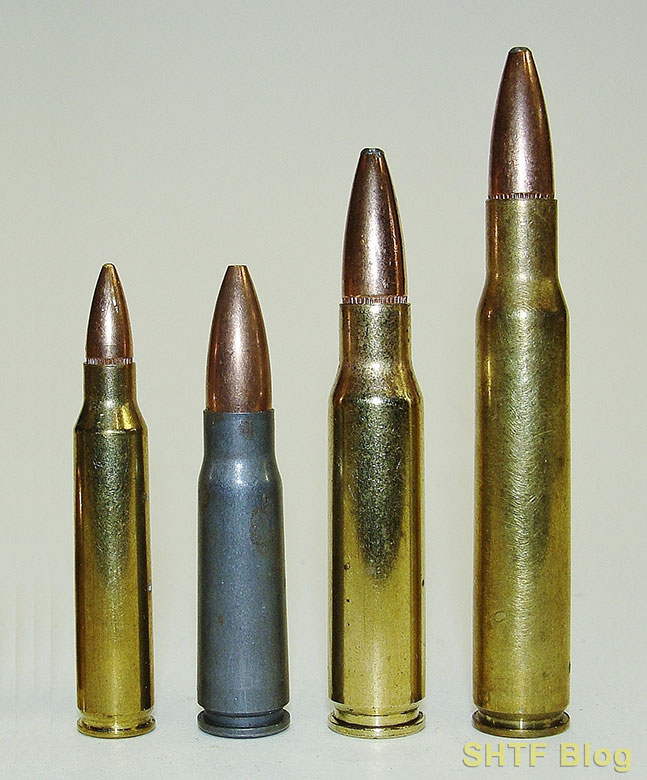
The fabled “Ought-six” is so named because it evolved to its present form in 1906. The ’03’s cartridge case was shortened to accommodate a new streamlined 150-grain “Spitzer,” producing a dramatic velocity increase. The ‘06 version achieved 2700 feet per second (fps) – impressive for that era, and still respectable by today’s standards. After soldiering effectively through The Great War, the ‘06 garnered interest from sportsmen.
Meanwhile, the interwar years saw a military transition from the ’03 Springfield bolt-action to the semiautomatic M-1 Garand. By the time World War Two ended, millions of U.S. veterans had firsthand experience with the .30-06. Thus, it was inevitable that the ensuing wave of post-war sporting rifles would be chambered for that caliber – the era’s standard of high-power cartridge performance.
Today the ’06 is considered passe in some circles but it hasn’t gotten any worse – not by a long shot. If anything, it’s improved thanks to better bullets and more efficient propellants. The ‘06 may be “old”, but its velocity can match or exceed some recent .30-caliber introductions. And it can still handle bullets as heavy as 220-grains. More on that shortly; meanwhile, onward to the .308 Winchester.
.308 Winchester
Although envisioned as an offshoot of the old .300 Savage, the .308 in its final form, was based on a shortened ’06 case. Developed for use in machineguns and the M-14 Rifle (a post-war evolution of the classic M-1 Garand), it was especially suitable for semi, and full-auto systems.
The new .30-caliber T-65 cartridge fired a 147-grain bullet at around 2800 feet per second (fps), close to the ’06 via efficient propellants. It quickly gained favor among other Cold War allies, assuming the 7.62×51 NATO designation during 1954.
But Winchester recognized its sporting potential even earlier, introducing it as the .308 Winchester in 1952. Both cartridges are almost identical, but military chambers are cut with a bit of extra clearance (headspace) to promote reliable feeding in machineguns, etc. Also, military rounds may have thicker brass (noted here for handloaders).
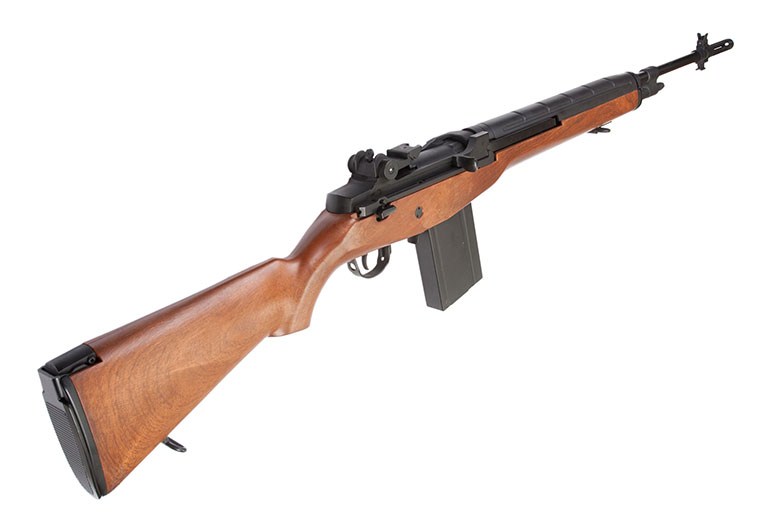
The 7.62 NATO didn’t serve long as the primary U.S. rifle cartridge; during the Vietnam War its robust M-14 host was quickly cashed in for the more controllable 5.56/M-16 system. But it did enjoy steady growth among civilian users. In short order, .308 rifles appeared in all of the common actions from single shots through semi-autos. And like, the ’06, it eventually benefitted from improved bullets and powders. Nowadays, in bullet weights of 150-grains, there’s not a whole lot of difference velocity-wise between either caliber, however, heavy projectiles and/or short barrels will generate lower velocities. My chronograph records muzzle velocities closer to 2600 fps with several 168-grain loads fired through 20-inch barrels.
.308 vs .30-06 – A Ballistic Comparison
Both calibers fire the same .308-diameter bullets, so the driving force is their engines, the cartridge cases. The specified length of an ‘06 case is 2.494 inches. The .308 is spec’d 2.015 inches, nearly a half-inch shorter (0.470”). But the .308 resembles more recent high-efficiency cartridges, thus, although it holds around 20% less powder, it often gives up less than 10% of its parent’s velocity.
Regarding accuracy, the .308’s reputation is justified, but the .30/06 is no slouch either. When rifled with a standard 1:10 twist, the ’06 can produce surprisingly good accuracy with everything from screaming-fast 110-grain varmint blasters to 220-grain moose thumpers.
Most .308 barrels incorporate 1:12 rifling-twists, which do a great job stabilizing most bullets of 110 to 180 grains. Growing interest in long-range shooting has led to sleek heavier projectiles (of 190 grains or more), best used in barrels with quicker rates, such as 1:10 – same as the old ’06.
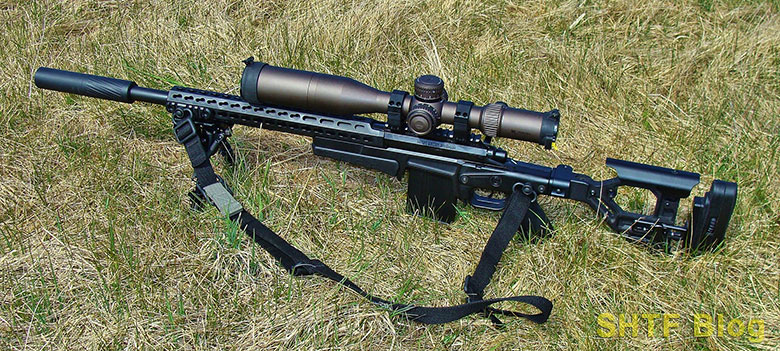
Bullet Comparison
Short of specialized circumstances (like dangerous bears), the heavyweight threshold for an ’06 is around 200 grains. However, because the latest solid-copper expanding “monolithics” – popularized by Barnes – are tough enough to penetrate like heavier lead bullets, it’s often possible to drop a weight level.
Result: A 180-grain Barnes TSX (or Hornady GMX) can produce similar terminal effects with less recoil and a flatter trajectory. The same is possible with the .308 by moving from 180s to deep-penetrating monolithic or bonded expanding bullets of around 165 grains.
Worth noting, although today’s .30-caliber “premium” bullets can up the ante for both calibers, many old-school loads are still entirely useful deer hunting picks. Examples include 150-grain Remington Core-Lokt pointed soft-points, and 150-grain Hornady American Whitetail ammunition, etc.
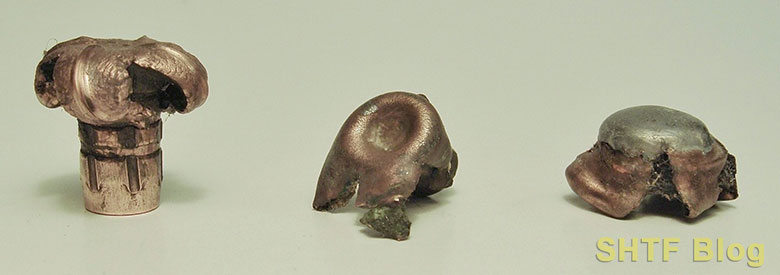
So-called premium bullets – to include the well-vetted Nosler Partition and Federal’s new Terminal Ascent – can be better choices for larger and tougher game animals, certainly through elk and moose. Possibly, large bears – in a pinch.
Less expensive full metal jacket Q-loads are available for either caliber. Many are no doubt fired through the AR-10 platform, but they’ll work equally well in other .308s for punching holes in paper targets.
Velocity & Range
Today’s long-range competitors seek the flattest-shooting calibers, but most of us still shoot well within a quarter mile. The classic cartridges can easily handle that, and the .308 or ‘06 can double that distance with a rangefinder and suitable scope. If looking for the flattest trajectories and maximum terminal energies, Hornady lists some intriguing Superformance loads.
Their 165-grain .30-06 SST version is listed at 3,080 fps from a 24-inch barrel – close to .300 Win. Mag. performance! The same bullet, fired from a Superformance .308 is rated at 2840 fps. Other versions include Hornady’s monolithic GMX.
As a rough rule, the .308 Winchester lags somewhere around 200 fps behind the .30-06, and the ‘06 falls roughly that amount short of the .300 Winchester Magnum – the better choice for the heaviest bullets and/or long-range shooting. But, again, thanks to advancements in propellants and bullets, these gaps can narrow. Using the standard offerings – perfectly adequate for most of us – unlike most magnums (such as the .300 WM), a .308 or ’06 will forfeit less velocity in a handier 22-inch barrel. These calibers will also generate less recoil in a rifle of a similar weight.
What’s the “Best” Choice?
As for recoil, most average-size adults can manage a .308 or .30/06 but, if kick is an issue, Hornady’s 125-grain Custom Lites offer substantially less recoil and usefully flat trajectories. Both are great picks for smaller-statured deer hunters, using rifles suitable for larger game by switching to standard loads.
For those with access to a .308 or .30-06
You’re more than likely good-to-go. Yes, you could embrace the latest flat-shooting cartridge craze and switch to a 6.5 Creedmore, or .300 PRC – popular picks among shooters reaching beyond the half-mile marker. Or, as noted above, just spring for a rangefinder and range-compensating scope.
Either of the well-proven .30s can be stretched to 800 yards with these accessories – and the requisite experience. The extras become essentials if jumping aboard the long range express but, is the ride really necessary? Truth be told, for most of us in typical field conditions, 300 yards is quite a poke, especially with a stiff crosswind.
As a practical alternative, if either caliber is zeroed for 200 yards, the drop at 300-yards will be 9-inches or less.
If Shopping for One General Purpose Rifle
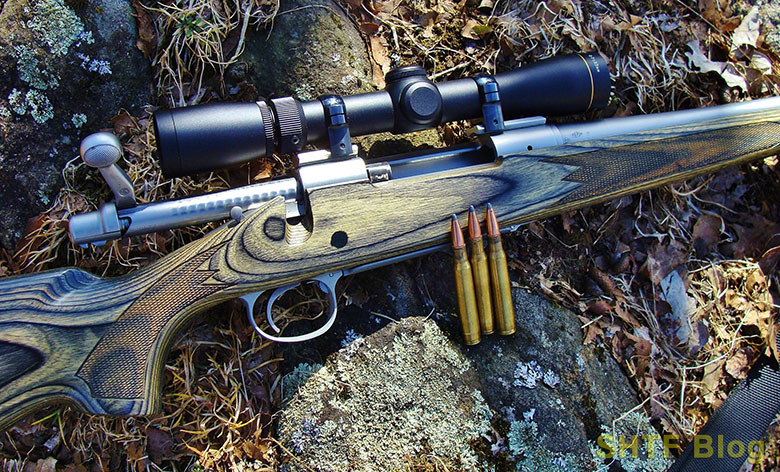
If you can stand the extra half-inch of receiver length and a couple more ounces, a bolt-action .30-06 (like a Remington Model 700) will cover just about any hunting situation in the lower forty-eight. Matter of fact, some .308s are built off the same “long-action” receivers to streamline manufacturing. In that case, weight being the same, the ’06 offers heavy-bullet options along with, perhaps, some additional heft to help soak up recoil. More info about the Model 700 and ’06 loads is available through this link.
If the objective is handiness, a short-action .308 may fit the bill. Soon after its appearance, some manufacturers – among them Sako and Remington – began offering .308 bolt-guns with “short-action” receivers. Since then, the list has grown to include numerous lightweight sporting models, some of which are built for left-handed shooters.
The same stiff actions, when fitted with good heavy barrels, typically deliver outstanding accuracy. The .308’s moderate propellant charges limit throat erosion and recoil, reasons why this caliber is still a standard listing for tack-driving HB rifles like the SPS Tactical.
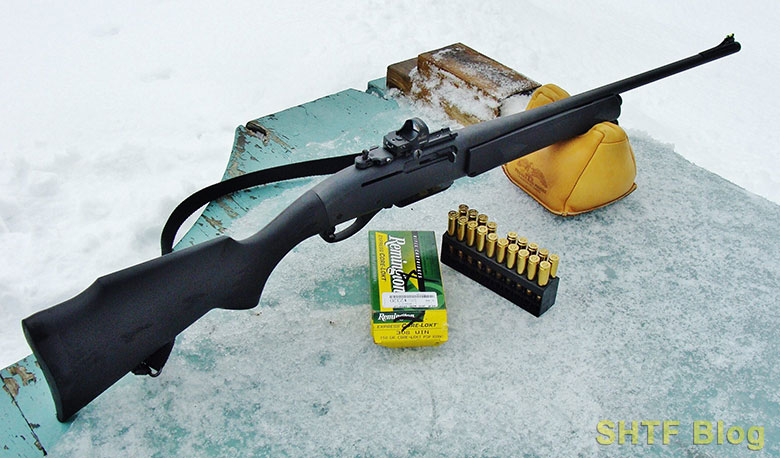
Other .308 choices cover single-shots, lever-actions, pumps, and semiautos. However, some of the latter are produced using ’06 actions offering no size or weight savings. One exception is the AR system: Although the .308/7.62 NATO is too large to fit in an AR-15, it was designed for its larger AR-10 brother (itself too small for the .30-06).
Today, ARs are often referred to as “modern sporting rifles.” For traditionalists, there’s the.308-sized Browning BLR and Henry Long Ranger lever-actions. These fast-handling legal-everywhere rifles also feed from detachable magazines, and by nature of their design, they’re southpaw friendly picks.
Both Calibers?
Combine a 24” bolt-action .30-06 with a handier .308 and just about all bases are covered. The ‘06’s longer barrel can wring out near-magnum performance with today’s fastest loads that add new reach in open spaces. A shorter 20” carbine, fueled with basic .308 cartridges, makes a darned handy woods companion. If nothing else, this strategy offers an excuse to shop for another new rifle.
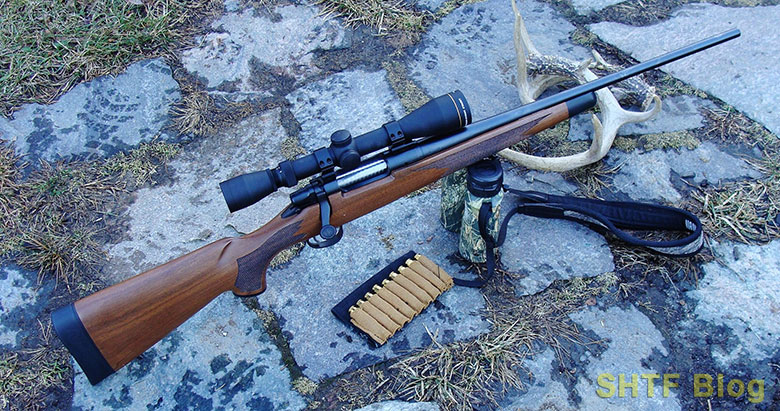
Parting Shots
For the record, I regularly use a number of “interesting” calibers. And, due to the scarcities of some (like .300 SAUM and .350 Rem Mag), it’s a good thing I’m set up to reload them. On the other hand, while some come and go, the .308 Winchester and .30-06 Springfield consistently make the top-ten list.
This assures continuous (versus discontinued or seasonal) production, resulting in more widespread distribution. Because both calibers are global commodities, the odds of scoring on a box of something are higher pretty much everywhere.
Which takes us to the cost factor. Domestically, some major-brand .308 and .30/06 hunting loads are priced at less than $30 per box (of 20 rounds). Even when they’re available, many Jonny-come-lately and magnum cartridges are a whole lot more expensive, with fewer options.
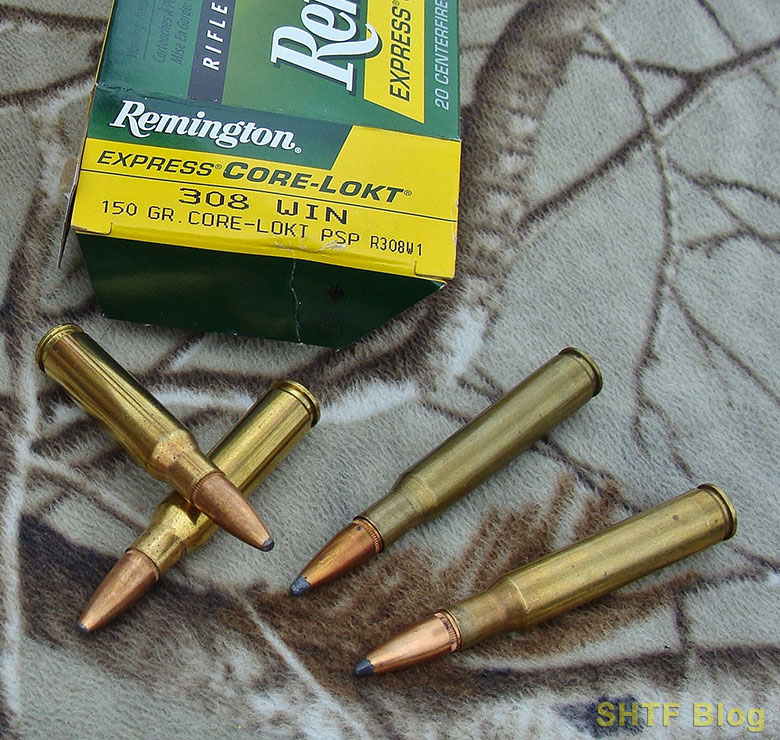
If I could only own one high-powered rifle it would have to be a .30-06. Others in the know will have different preferences although some could be close relatives – like the flat-shooting .25-06 (based on the ’06), or a bear-thumping .358 Winchester (a necked-up .308). Different strokes for different folks, and a never-ending subject of debate.
For more information about centerfire rifles in general, see my book, Centerfire Rifles: A Buyer’s and Shooter’s Guide.
- Markwith, Steve (Author)
- English (Publication Language)
- 264 Pages - 12/03/2016 (Publication Date) - Prepper Press (Publisher)

